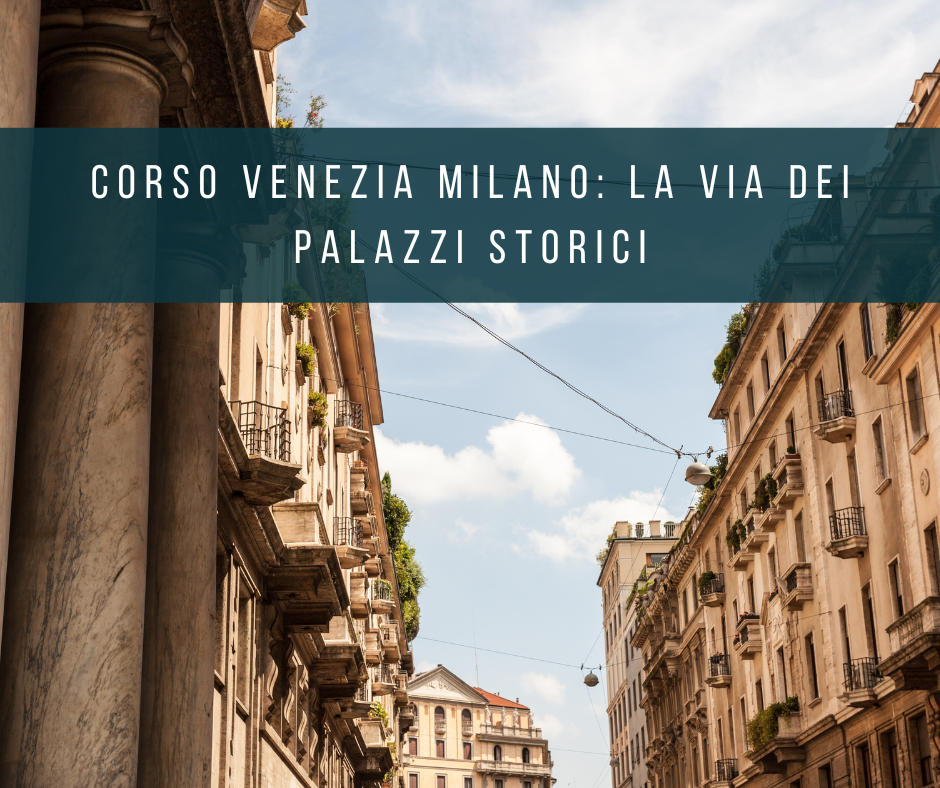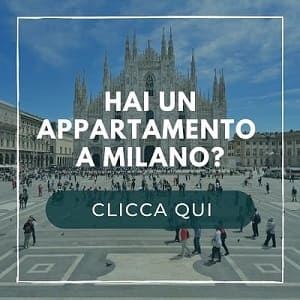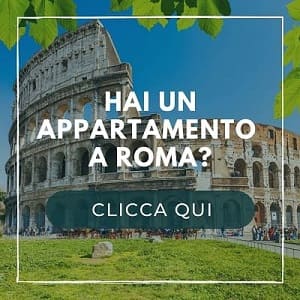Considered one of the most elegant streets of the city, Corso Venezia was remodernized first under Maria Teresa’s reign and then under Napoleon’s. The parade of shops that files in Corso Buenos Aires is here interrupted and replaced by palaces.
One among the many is Palazzo Serbelloni, at number 16. Its rooms have been inhabited by a considerable number of historical personages of great importance: Napoleon and his wife Giuseppina in 1769, Metternich in 1838, Vittorio Emanuele II and Napoleon III in 1859. Unfortunately, the palace rooms cannot be visited unless you are accompanied by a guide, but the façade is still worth of notice. First, you can immediately see the two plaques that testify Vittorio Emanuele II and Napoleon’s stay; then, the majestic portico, completed in 1793 by Simone Cantoni; and lastly the ionic columns surmounted by a tympanum. On the other side of the Corso, at number 47, you will be able to see the Castiglioni Palace, built by Sommaruga on the behalf of the entrepreneur Ermenegildo Castiglioni, one of the best examples of Art Nouveau in the city. The palace is known as the Ca’ di Ciapp: in the Milanese dialect, Ciapp means “ass” and the name refers to the two naked statues, allegories of peace and industry, that used to adorn the door. The well-heeled and conformist people of the time were shocked by those curves so visible and clear and they had them removed (who knows what they’d say about the Intimissimi poster just opposite the street). Next to the Ca’ di Ciapp, there is the Bovara Palace, at number 51, built in 1787 in a neoclassical style by architect Carlo Felice Soave. The building is famous because it has hosted Stendhal during one of his many visits in Milan.
Are you wondering why there are so many beautiful palaces in the neighborhood? Well, there is an explanation. During the Austrian and Napoleonic domination, aristocracy began to feel the need to own a palace as a symbol of prestige. They not only had the money to built them, but the government was also prone to help them out: less taxes for those who would have embellished the city with the construction or the restoration of dwellings. The area of Corso Venezia was chosen because it has always been a rich neighborhood. How was it possible to say “no” to the chance of paying less tax-money and, at the same time, of growing one’s own ego?
Additional information:
Corso Venezia, Milano, MI, Italia


